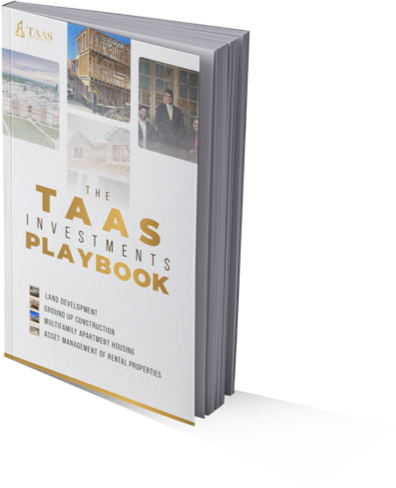In the realm of real estate investment, multifamily Class C properties present unique opportunities and challenges. These buildings, typically over 30 years old, are situated in less desirable locations compared to their Class A and B counterparts. They cater to lower-income tenants and often require significant investment in maintenance and upgrades. Despite these challenges, Class C properties can be a goldmine for investors willing to undertake renovations and actively manage their assets. They offer an entry point into the real estate market at a lower cost, with the potential for high returns on investment through value-add strategies.
Pros and Cons of Investing in Class C
Pros
High Cash Flow Potential: Due to their lower acquisition costs, Class C properties can generate attractive cash flow margins. The rent-to-purchase price ratio is often favorable, allowing investors to recover their initial investment more quickly than with higher-class properties.
Value-Add Opportunities: Class C properties offer substantial opportunities for value-addition through renovations and improvements. Investors can significantly increase the property’s value and rental income by modernizing units and enhancing common areas, making these properties appealing to a broader tenant base.
Less Competition: The market for Class C properties is typically less saturated than for Class A and B properties, as many investors prefer the latter for their perceived lower risk and higher prestige. This reduced competition can provide savvy investors with more opportunities to acquire properties at competitive prices.
Recession Resilience: During economic downturns, demand for affordable housing increases as people seek more budget-friendly living options. Class C properties, serving the lower end of the market, can maintain higher occupancy rates and stable rental income during recessions.
Cons
Higher Operational and Maintenance Costs: Class C properties, due to their age and condition, often require more significant ongoing maintenance and operational oversight. Investors must be prepared for potentially high refurbishment and repair costs to keep the property functional and appealing.
Tenant Turnover and Collection Issues: The tenant base for Class C properties may have lower financial stability, leading to higher turnover rates and potential challenges with rent collection. Effective property management is crucial to minimize these risks.
Financing Challenges: Acquiring financing for Class C properties can be more difficult, as lenders often view them as higher risk. Investors might face higher interest rates and more stringent lending criteria.
Investment Strategies for Class C Multifamily Properties
Yield Play
Investors can leverage the high rental yield potential of Class C properties by focusing on operational efficiencies and cost-effective property management. This approach relies on maintaining high occupancy rates and minimizing expenses to maximize cash flow.
Value-Add
The value-add strategy is particularly effective for Class C properties. Strategic renovations that improve the living conditions can reposition the property in the market, allowing for rent increases and enhanced property valuation. This approach requires a keen eye for potential improvements that offer the best return on investment.
Turnaround Projects
Class C properties often present turnaround opportunities for investors willing to undertake comprehensive renovations and rebranding efforts. These projects can transform underperforming assets into profitable investments by attracting a higher quality of tenant and reducing vacancy rates.
Behavior in Economic Cycles
Recession
Class C properties typically fare well during recessions due to the increased demand for affordable housing. However, investors must be vigilant about property maintenance and tenant relations during these times to maintain occupancy and income levels.
Inflation
Inflation can impact Class C properties by increasing operational and renovation costs. However, the ability to raise rents in response to inflation, combined with the intrinsic value of tangible assets, can offset these costs and preserve the investment’s profitability.
Comparison to Traditional Investments
Class C multifamily properties offer an alternative investment avenue to traditional stocks and bonds, characterized by the potential for high returns and tangible asset ownership. While they come with a set of challenges, including the need for active management and the potential for higher maintenance costs, the opportunities for value addition and cash flow generation can be significantly rewarding. Investors attracted to the hands-on aspect of property management and renovation can find Class C properties a fulfilling and lucrative investment choice.
Conclusion
Multifamily Class C properties represent a compelling investment opportunity for those willing to embrace the challenges of managing and improving older, lower-cost housing. With the right approach, these properties can offer significant returns through strategic renovations, effective management, and an understanding of the market dynamics. For investors seeking entry into real estate with a lower initial investment and high upside potential, Class C multifamily properties could be the key to unlocking substantial long-term gains.
This article is provided by TAAS Investments for informational purposes only and does not constitute legal, tax, or investment advice. Prospective investors should consult with professional advisors to assess the suitability of any investment. TAAS Investments makes no representations or warranties as to the accuracy or completeness of the information contained herein.









